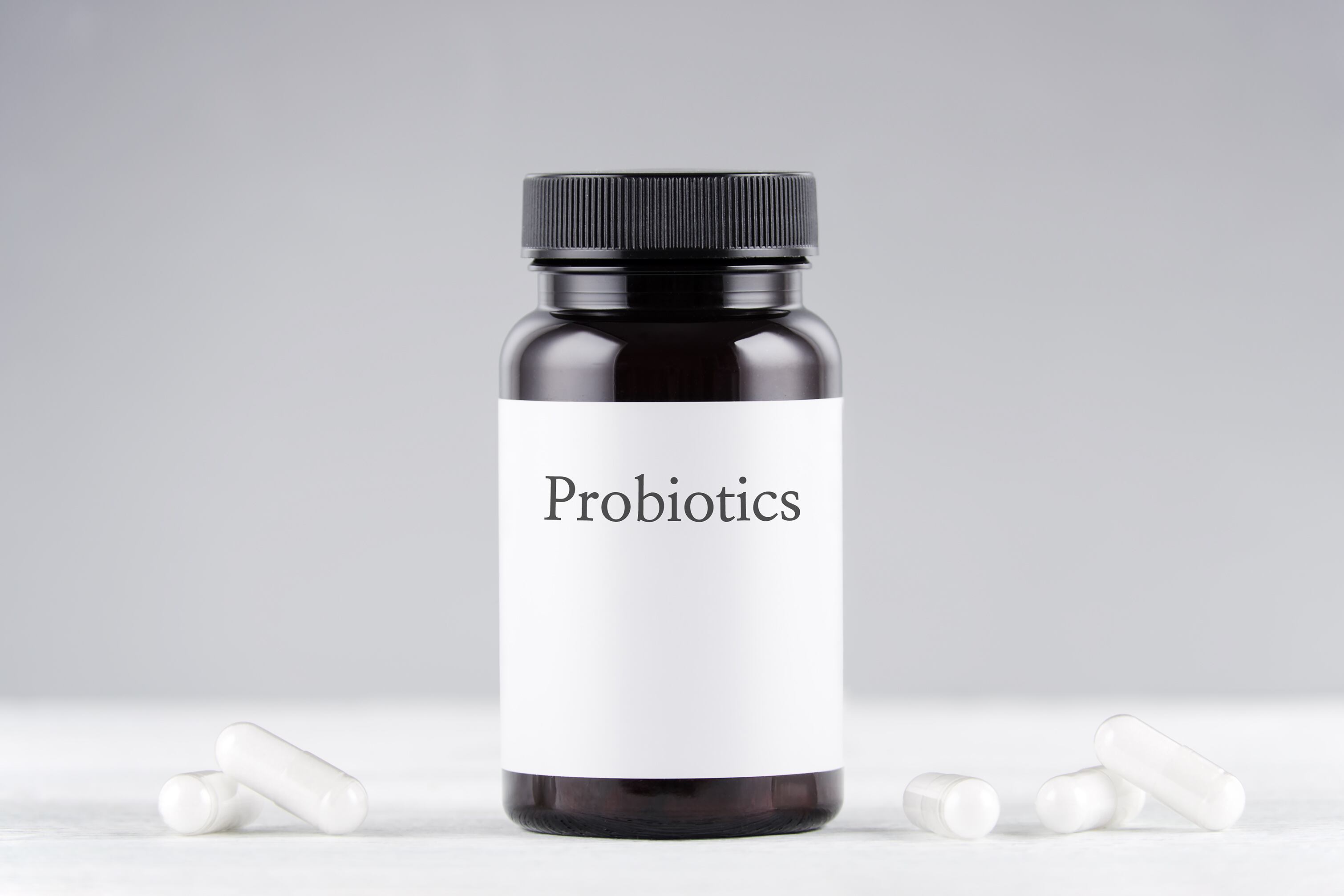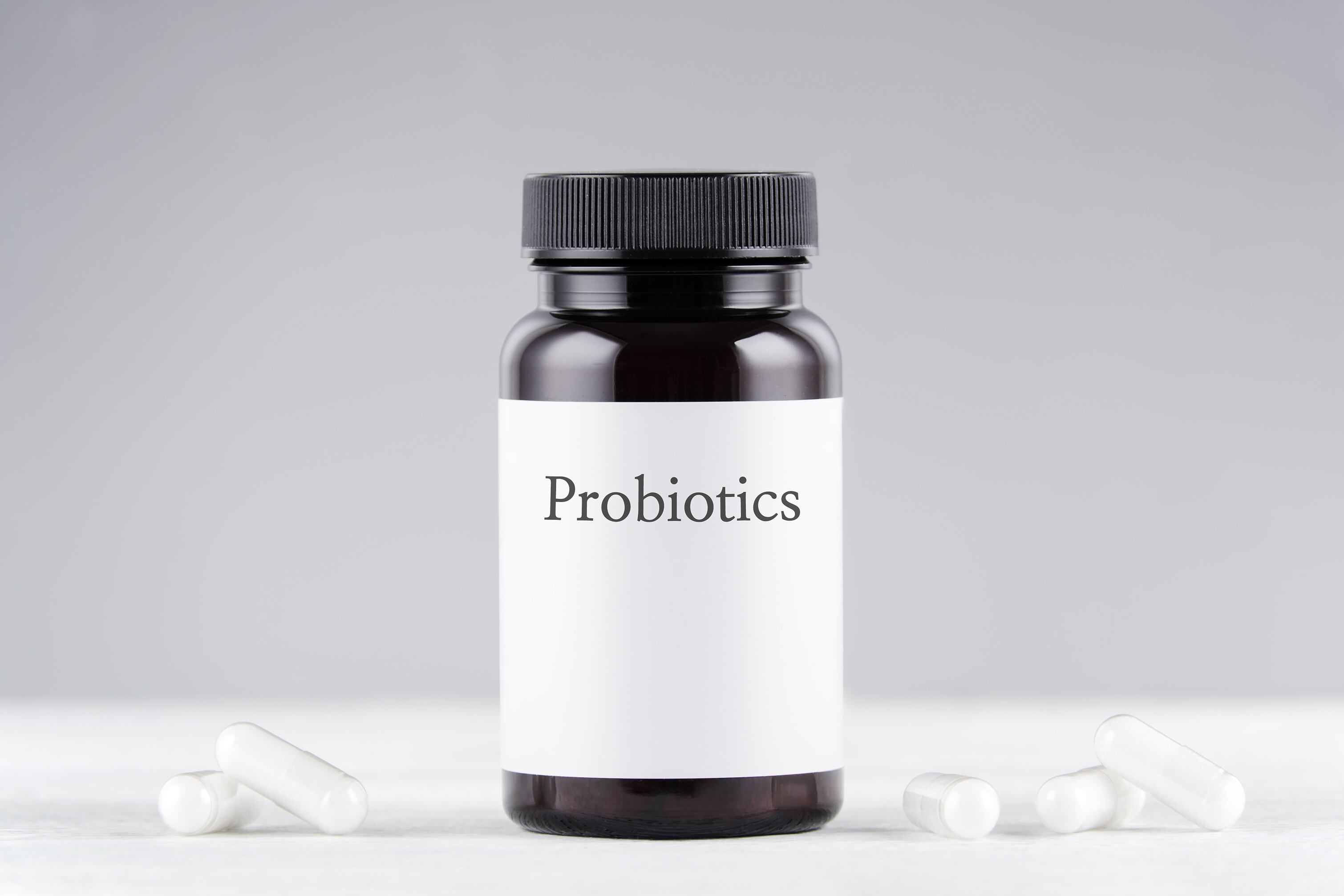Writing in Frontiers in Microbiology, scientists from the University of Guelph and Purity-IQ report that their technique was sensitive, fast, simple, and cost-effective for the identification of Lacticaseibacillus paracasei 8700:2, a probiotic strain with immune support potential and activity against the common cold.
“We believe this is a robust, reliable, and accurate method for both identification and enumeration at the strain level for multi strain blend finished products in different dosage forms that could be used as a standard cost-effective method for both manufacturers and brand owners,” Dr. Hanan Shehata, Purity-IQ Senior Scientist and lead author on the study, told NutraIngredients-USA.
“This PCR method is a culture independent method which means the method can quantify probiotic cells that exist in a viable but non-culturable (VBNC) state. VBNC cells cannot be quantified using the traditional, culture-dependent, plate count method, however, VBNC cells can reacquire their ability to reproduce under favorable environmental conditions of the gut and are considered probiotics,” added Dr Shehata.
“Thus, PCR methods are more accurate than plate count methods in determining viable counts given their ability to quantify cells in VBNC state. The versatility of this method extends beyond identification and enumeration of probiotics as it can also be applied to the emerging industries of next-generation probiotics and postbiotics, which can be difficult or impossible to quantify using the traditional plate count method.”
Dr Shehata told us that, since the publication, there has been a considerable amount of interest in method development from both manufacturers and brand owners. “They are eager to enhance their current quality control processes and ensure accurate label compliance verification,” she said.
PCR methods
Different methods exist for the enumeration and identification of probiotic strains. For quantification, Colony forming units (CFUs) are measured using traditional plate count methods, while flow cytometry measures Active Fluorescent Units (AFUs) and is an indicator of cell viability.
Identification is mainly achieved using DNA based methods, such as conventional PCR and real-time PCR methods.
“There are multiple PCR methods available for identifying and enumerating probiotic strains, each with their own unique features and advantages,” explained Dr Shehata. “The method published in the study is a qPCR method, which we can compare to another PCR technique – ddPCR – to highlight the differences and similarities between them.
“While ddPCR has higher tolerance to inhibitors and does not require standard curves for target quantification, this technique requires additional equipment and intervention compared to qPCR. On the other hand, qPCR is a more economic option in terms of both equipment and reagents used, it has a broad dynamic range and short time to results.
“In our recent publication, we found a high correlation between the viable counts determined using both qPCR and ddPCR, suggesting that the two techniques can be used interchangeably with the same primers and probe,” said Dr Shehata.
“The method published is different as it follows the validation guidelines for both the identification and enumeration assays.”
While the published method is specific to L. paracasei 8700:2, the method validation protocol described in the paper can be easily adapted to other probiotic strains, she said.
When asked about next steps for this technique and method, Dr Shehata told us: “The next steps in the development of this method would be to use it as a reliable tool for strain specific identification, enumeration, and stability assessments in multi-strain finished products to ensure accurate label compliance.”
Source: Frontiers in Microbiology
Volume 13 - 2022 | doi: 10.3389/fmicb.2022.1076631
“Real-time polymerase chain reaction methods for strain specific identification and enumeration of strain Lacticaseibacillus paracasei 8700:2”
Authors: H.R. Shehata et al.





